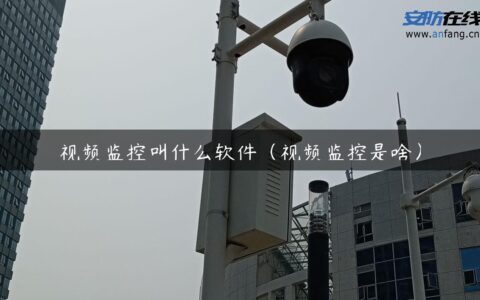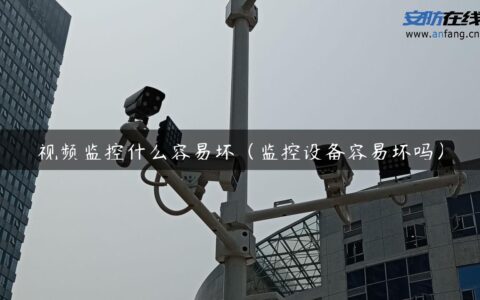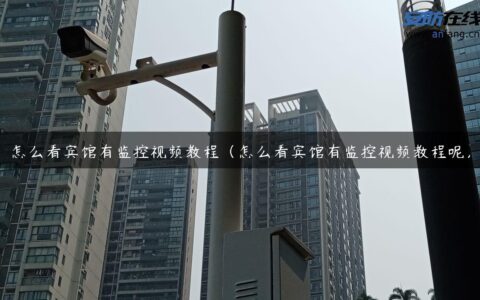视频监控
Introduction
Video surveillance, also known as video monitoring or CCTV (closed-circuit television), is the use of video cameras to transmit a signal to a specific place, on a limited set of monitors. It is widely used for various purposes, including security, safety, and monitoring activities in both public and private spaces. In this article, we will explore the benefits, applications, and concerns associated with video surveillance.
Benefits of Video Surveillance
Video surveillance offers numerous benefits in different areas. Firstly, it enhances security by deterring criminal activities and providing evidence in case of any incidents. It helps prevent theft, vandalism, and other illegal activities, making public spaces and private properties safer. Secondly, video surveillance can improve safety in workplaces, schools, and other institutions by monitoring potential hazards and ensuring prompt response to emergencies. Additionally, it can be used to monitor traffic and public transportation systems, contributing to better traffic management and reducing accidents.
Applications of Video Surveillance
Video surveillance is widely used in various settings. In retail stores, it helps prevent shoplifting and employee theft, as well as monitor customer behavior and preferences for marketing purposes. In banks and financial institutions, video surveillance ensures the security of transactions and helps identify suspicious activities. It is also extensively used in transportation systems, such as airports and train stations, to enhance security and monitor passenger flow. Moreover, video surveillance is employed in public spaces like parks and streets to deter crime and maintain public order.
Concerns and Ethical Considerations
While video surveillance offers numerous benefits, it also raises concerns regarding privacy and ethics. The widespread use of cameras in public spaces can infringe upon individuals’ privacy rights. Striking a balance between security and privacy is crucial to ensure that surveillance measures are not overly intrusive. Additionally, there is a risk of misuse or abuse of surveillance footage, as it can be accessed by unauthorized individuals or used for purposes other than security. Therefore, it is essential to have strict regulations and guidelines in place to govern the use and storage of video surveillance data.
Conclusion
Video surveillance plays a vital role in enhancing security, safety, and monitoring in various settings. It provides a deterrent against criminal activities, helps in investigations, and contributes to better traffic management. However, it is important to address concerns related to privacy and ethics to ensure that video surveillance is used responsibly and in compliance with legal and ethical standards. By striking a balance between security and privacy, video surveillance can continue to be an effective tool in maintaining public safety.
该文观点仅代表作者,本站仅提供信息存储空间服务,转载请注明出处。若需了解详细的安防行业方案,或有其它建议反馈,欢迎联系我们。







